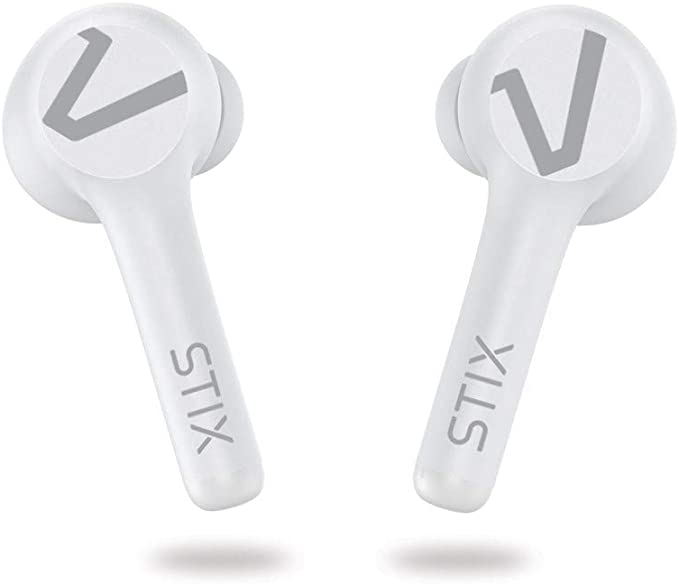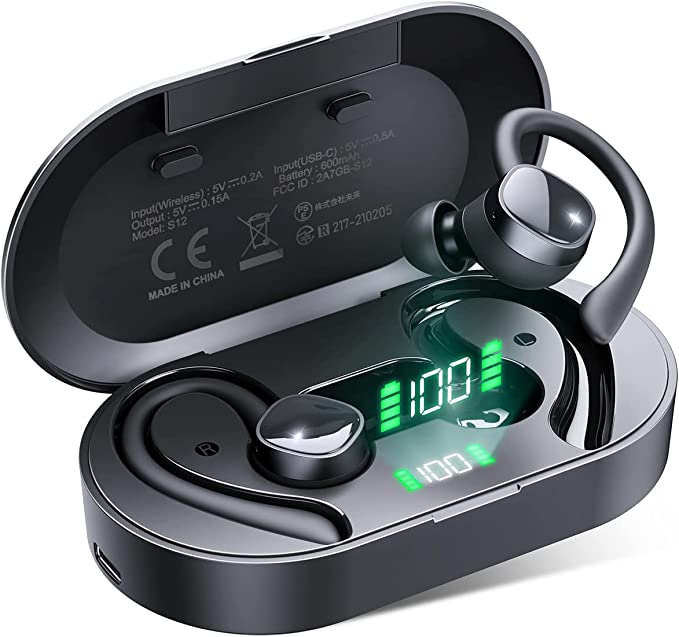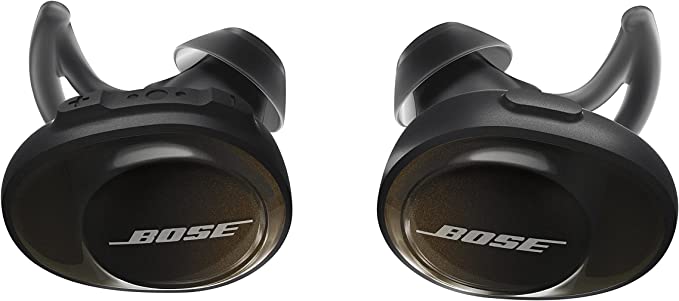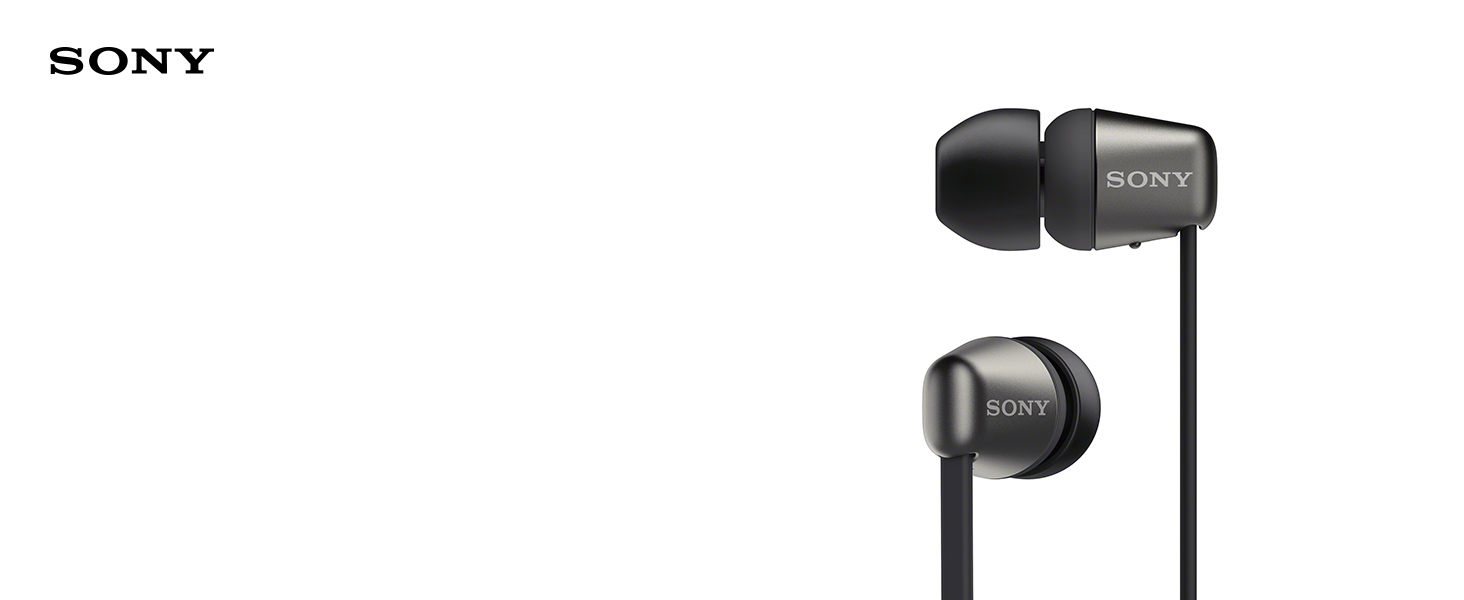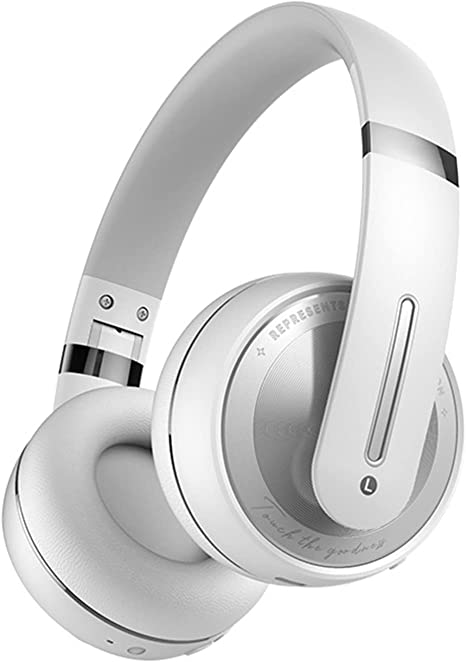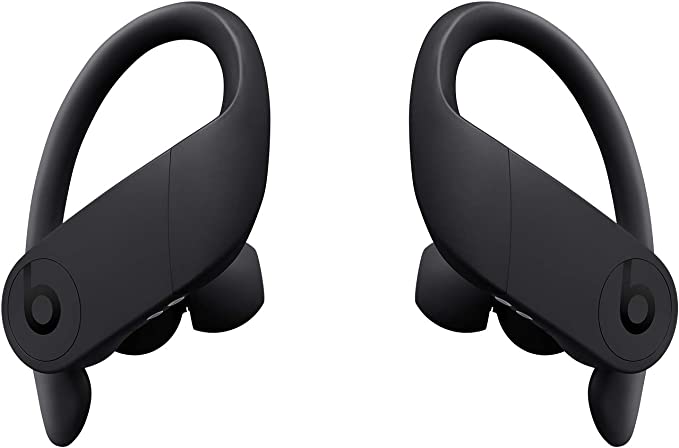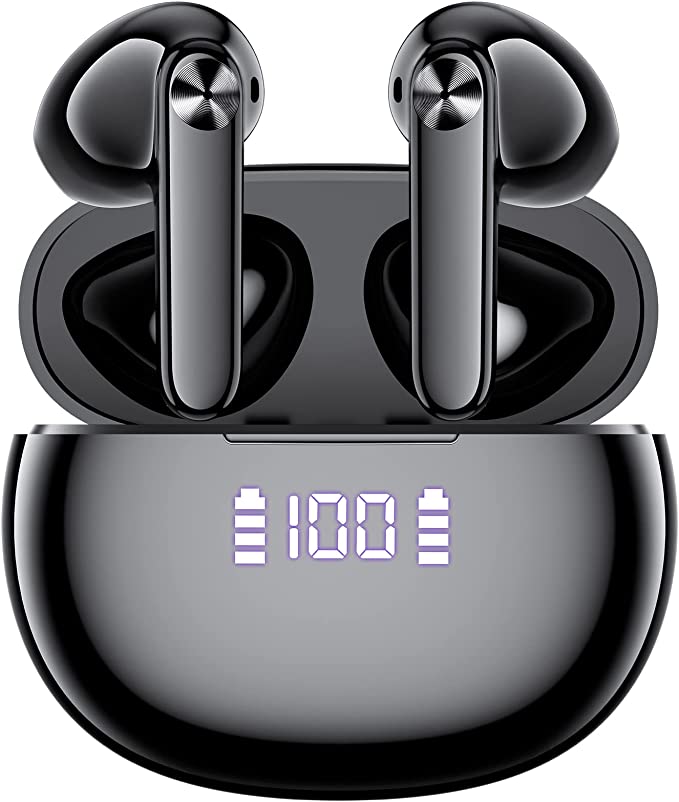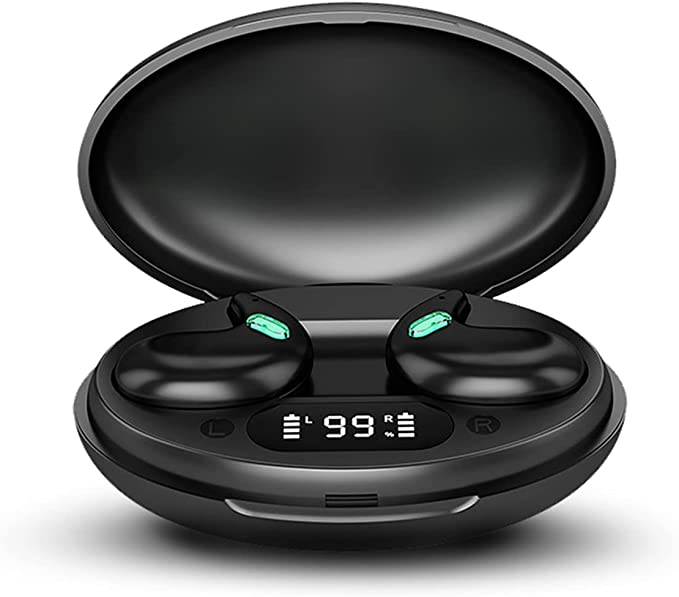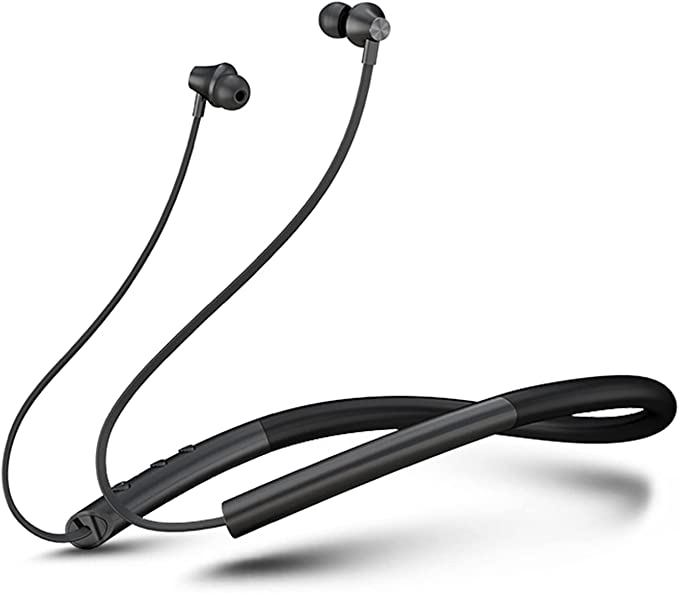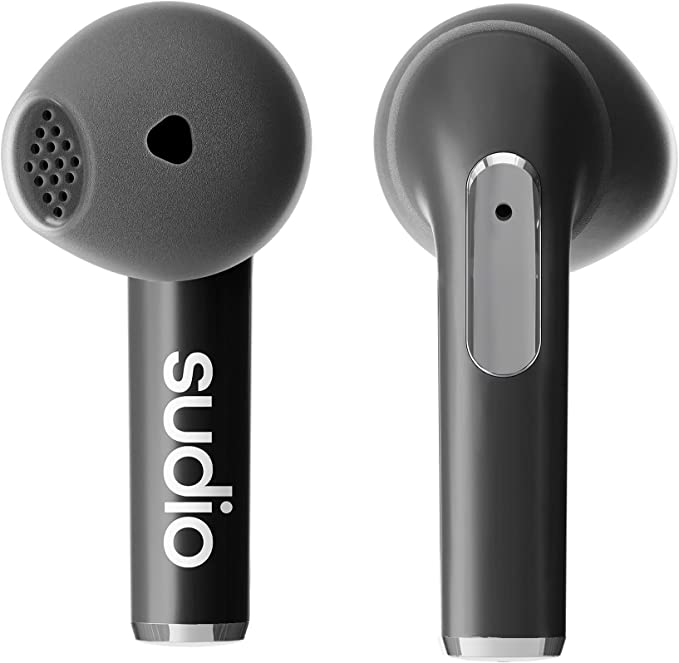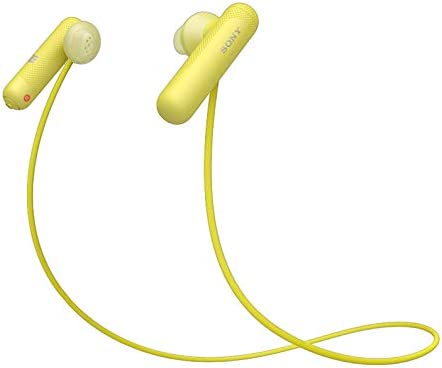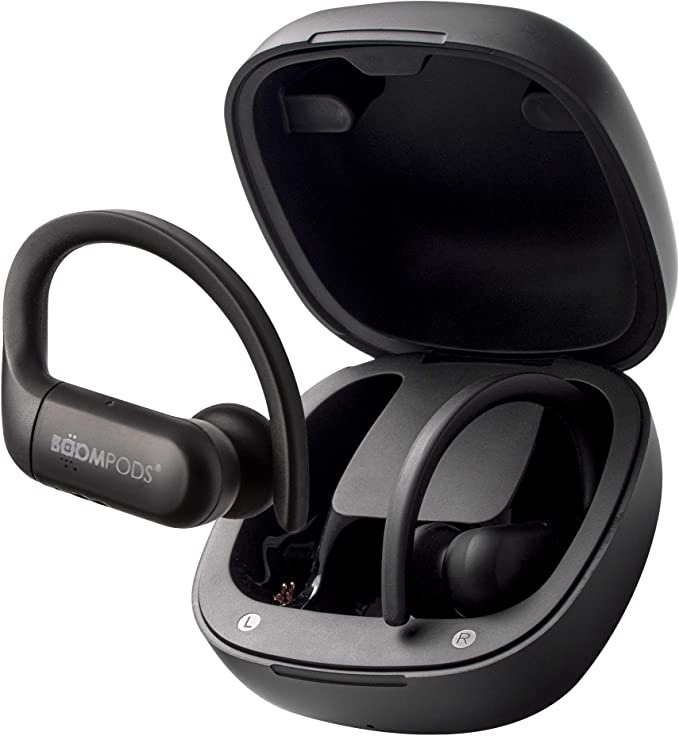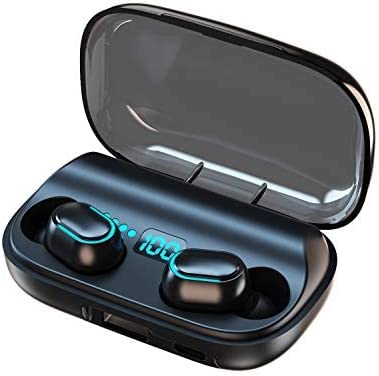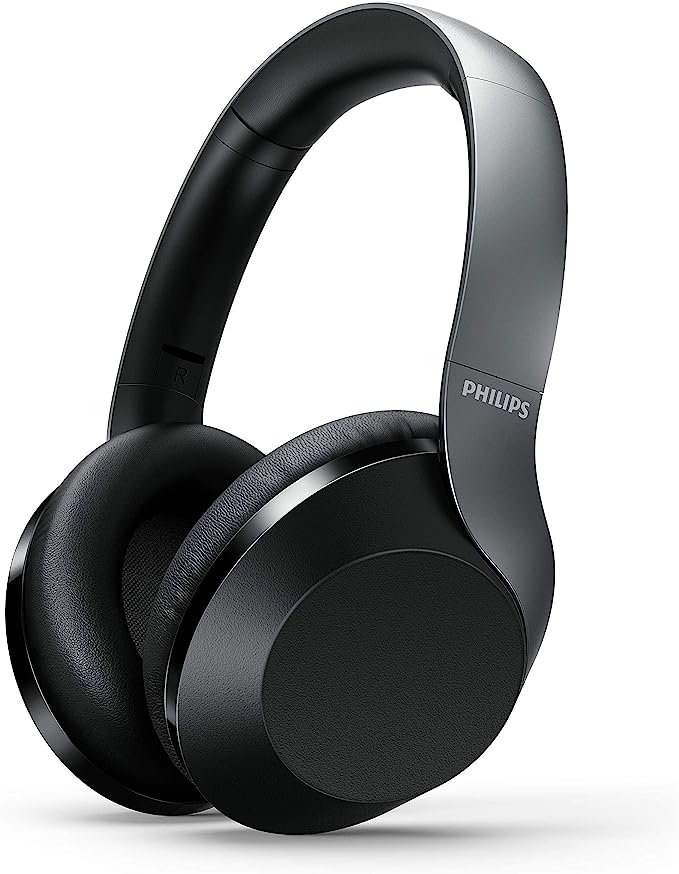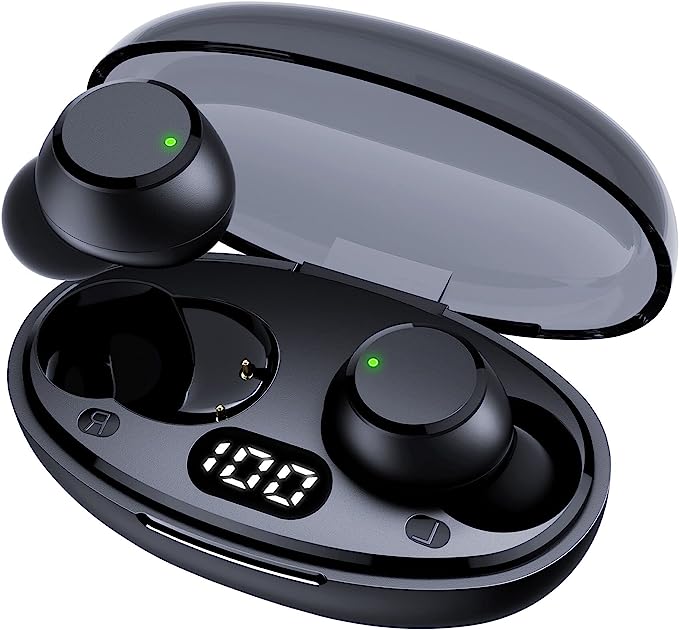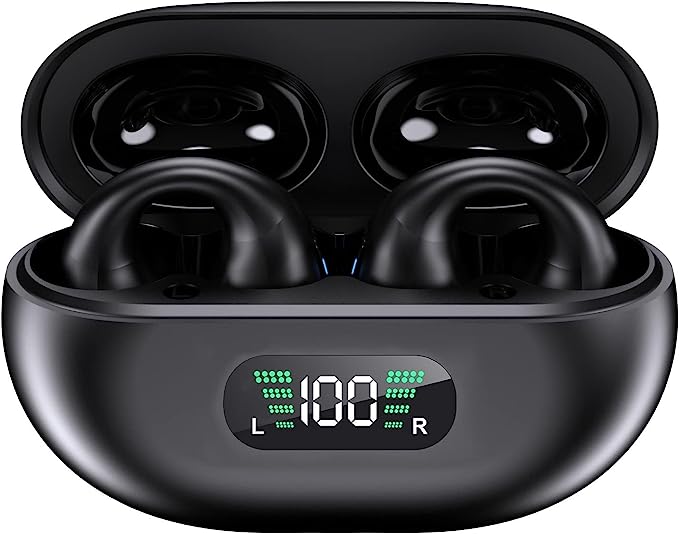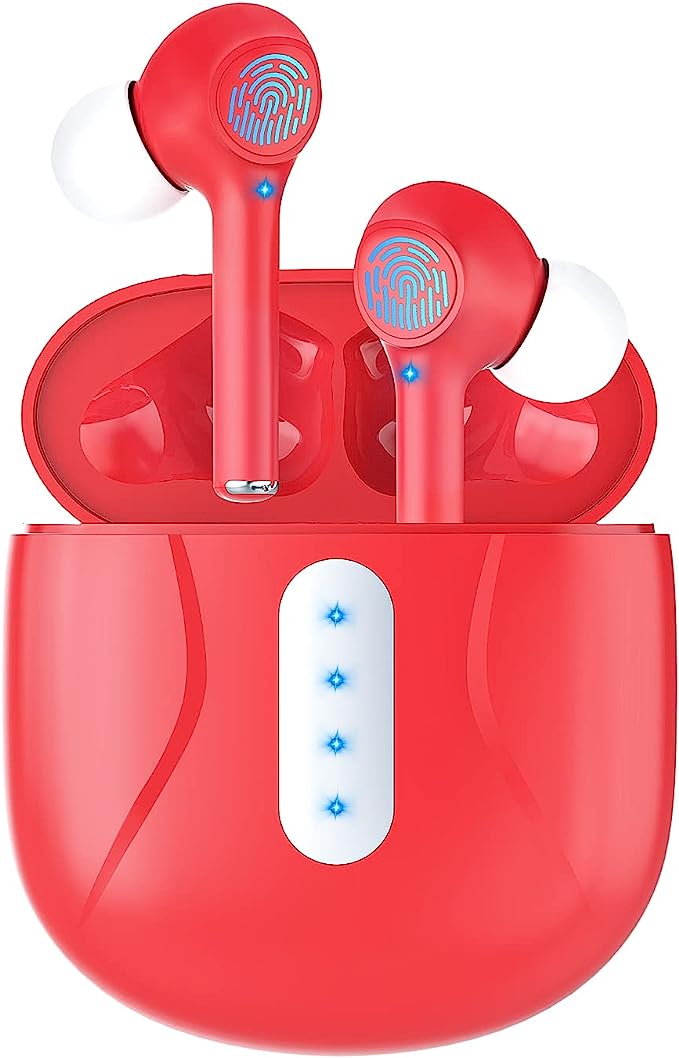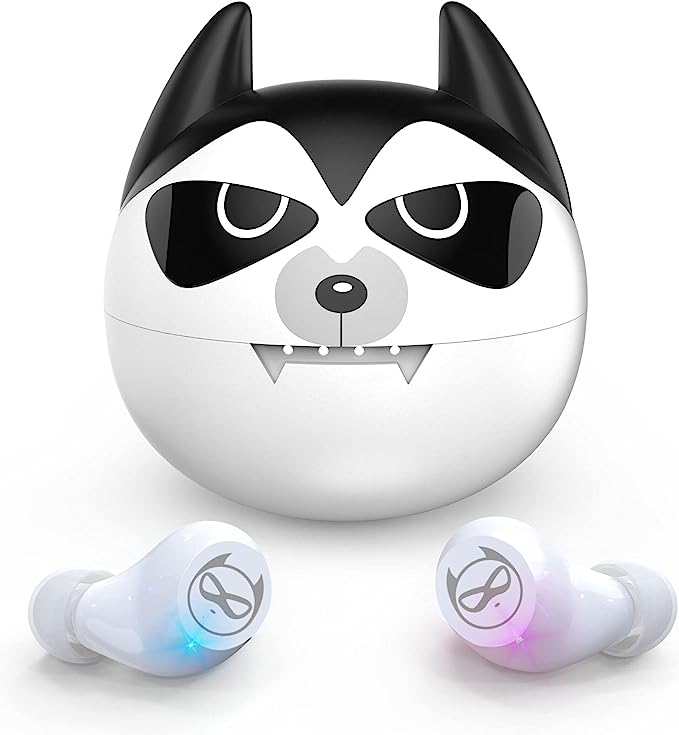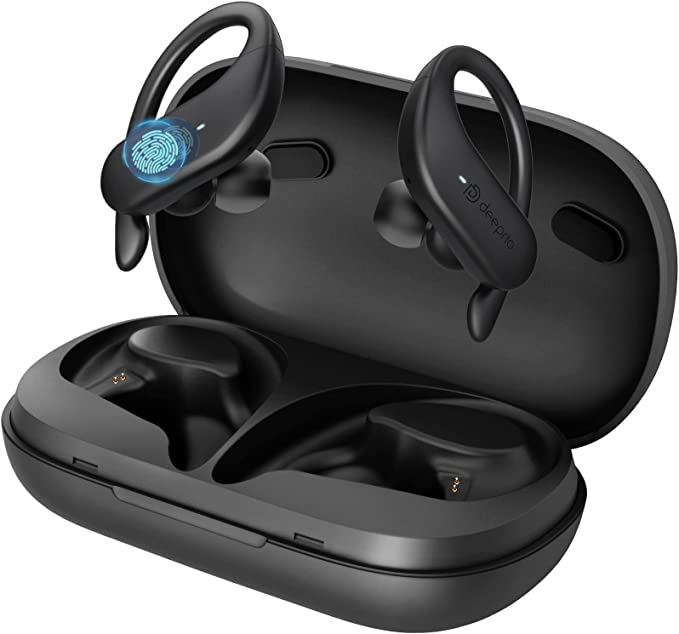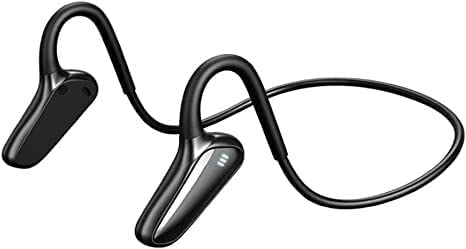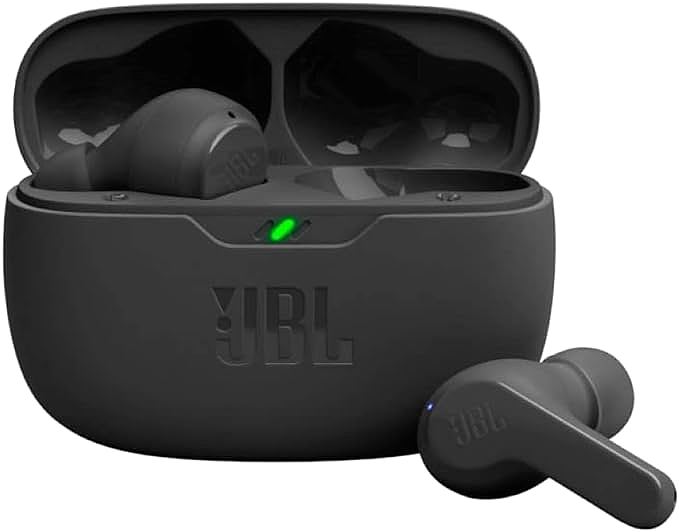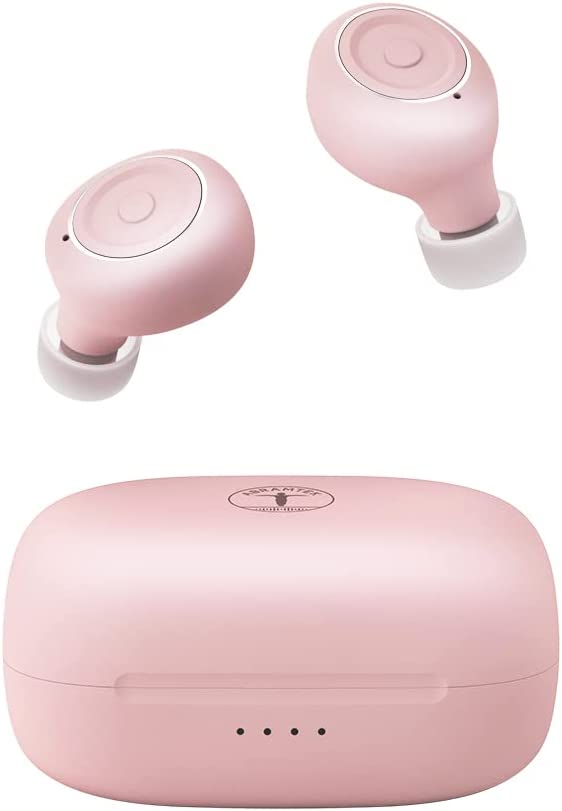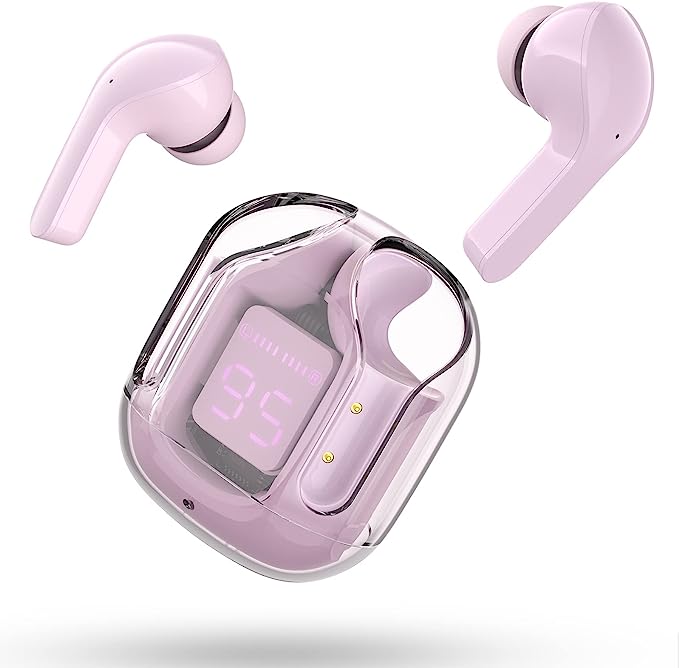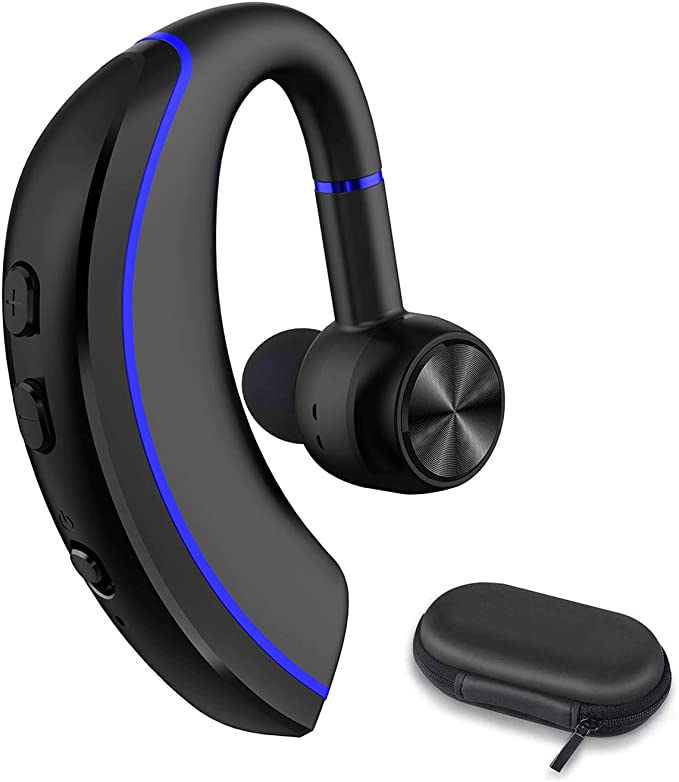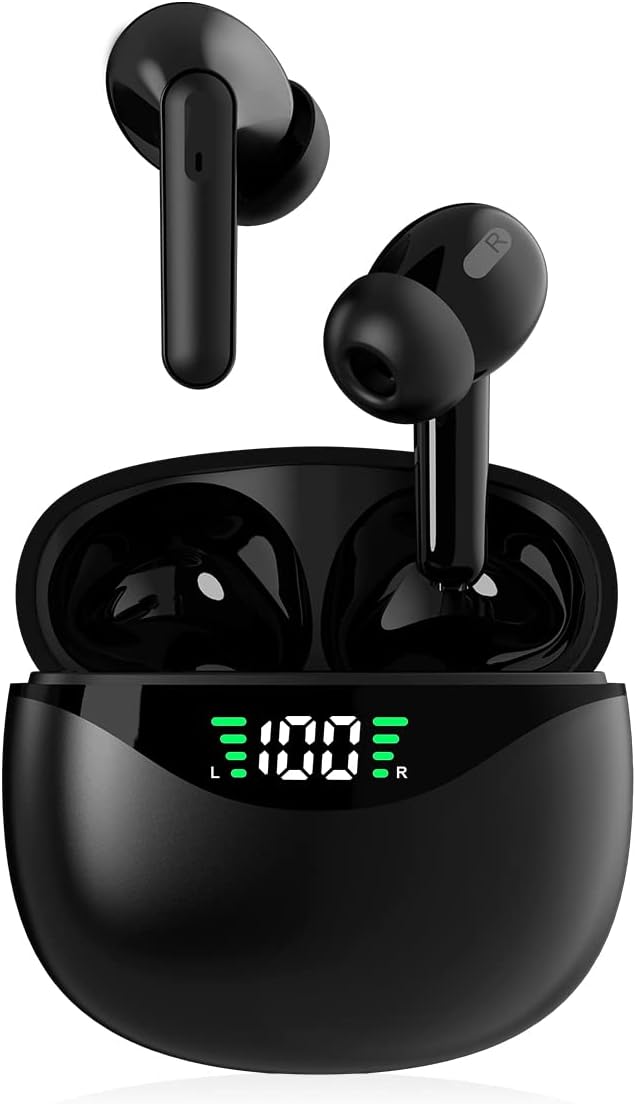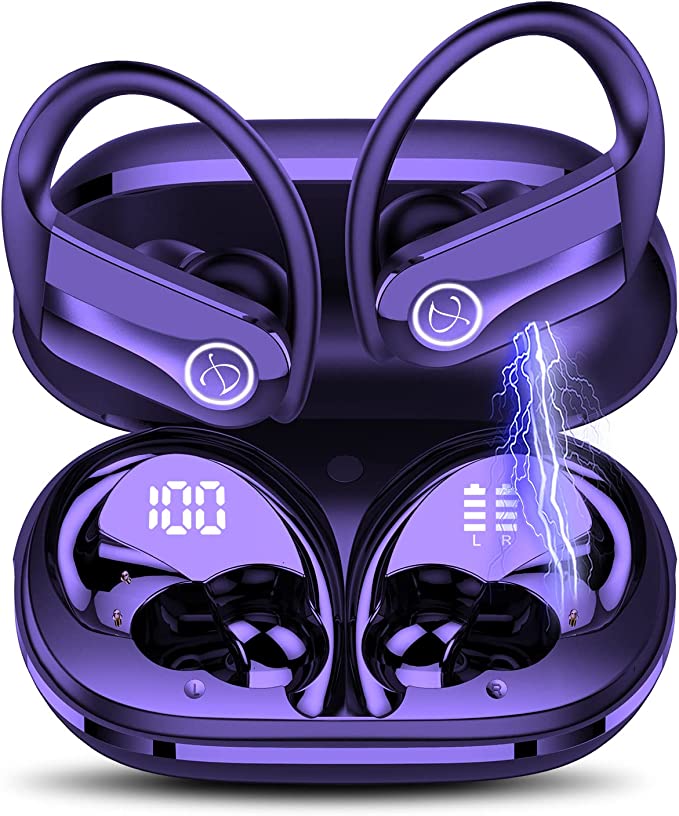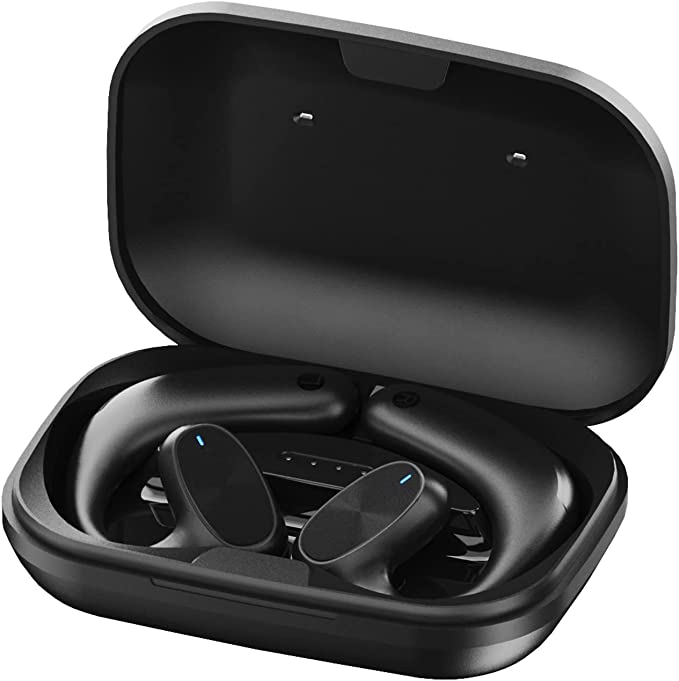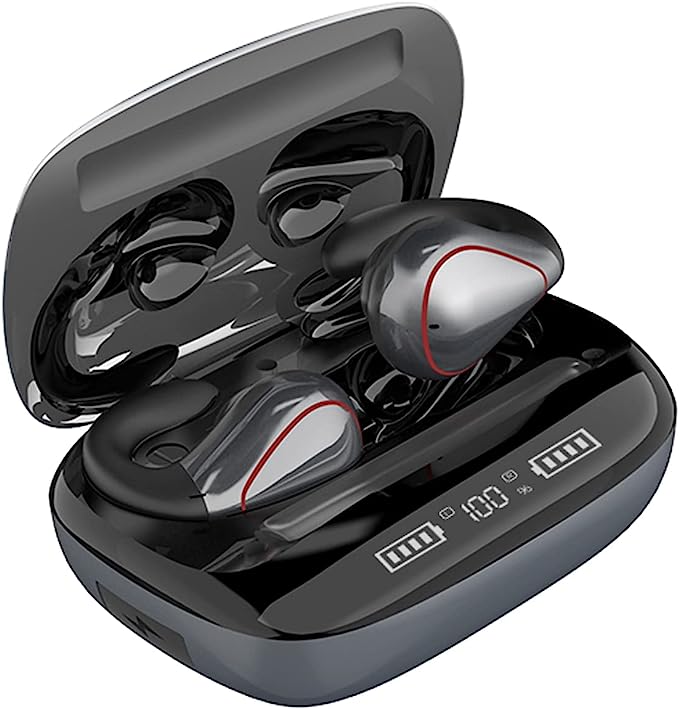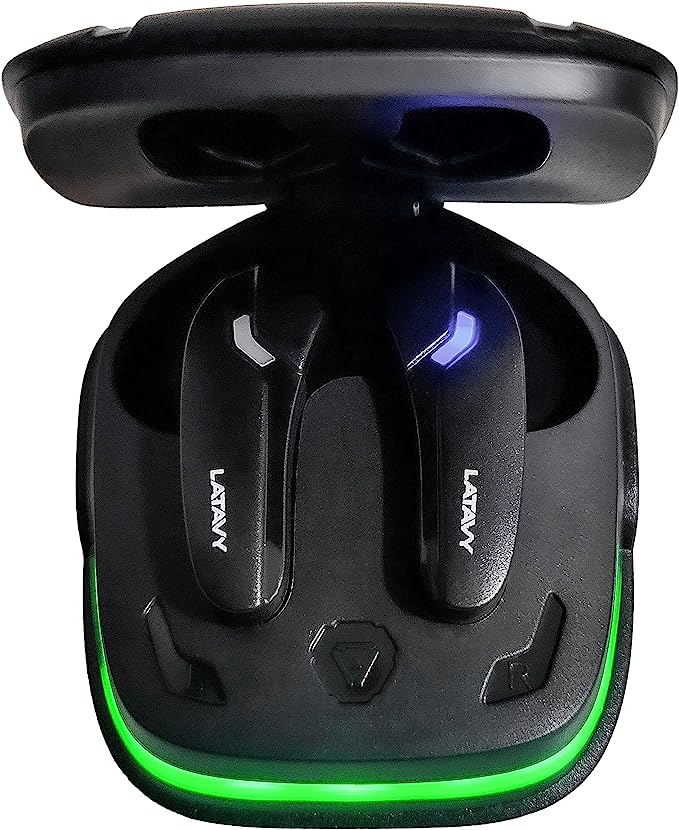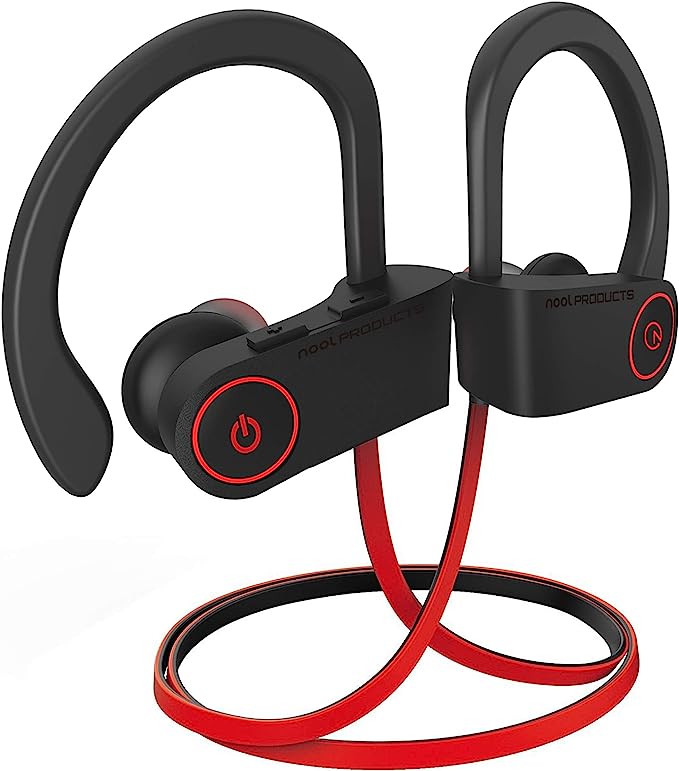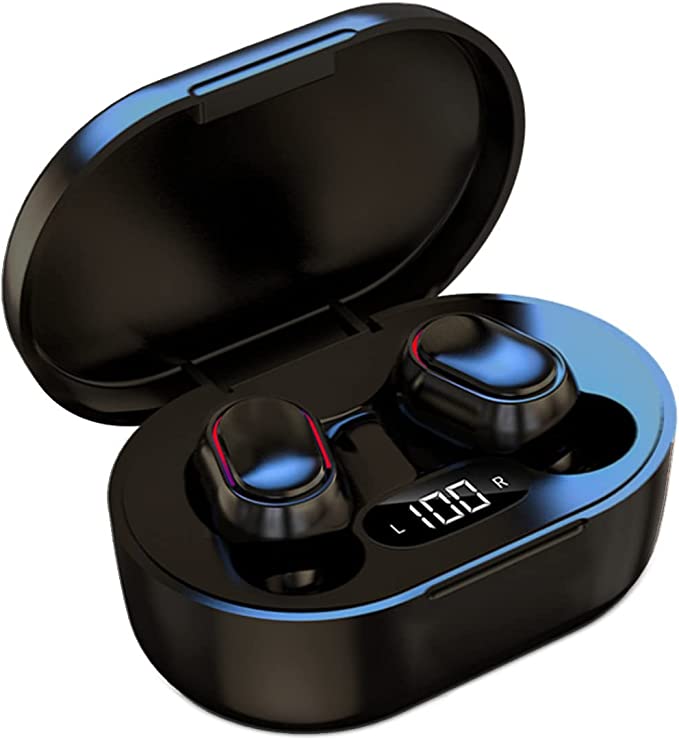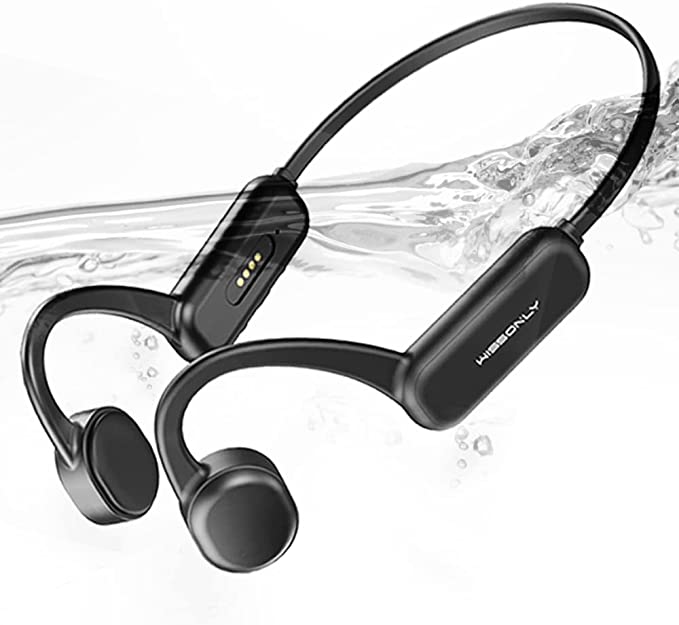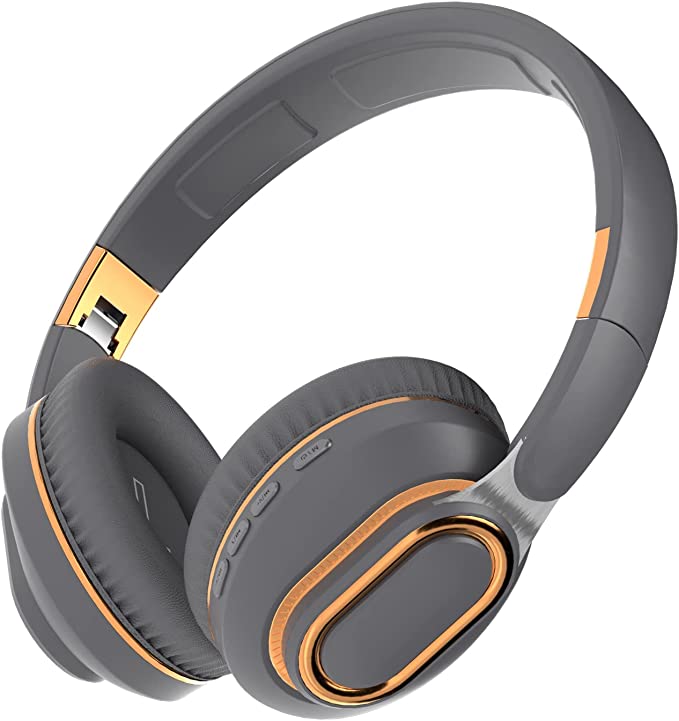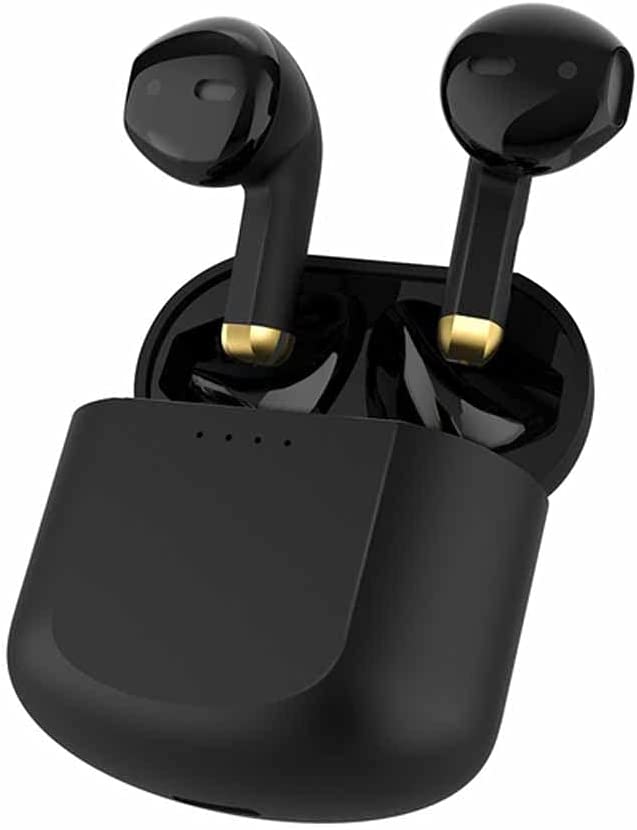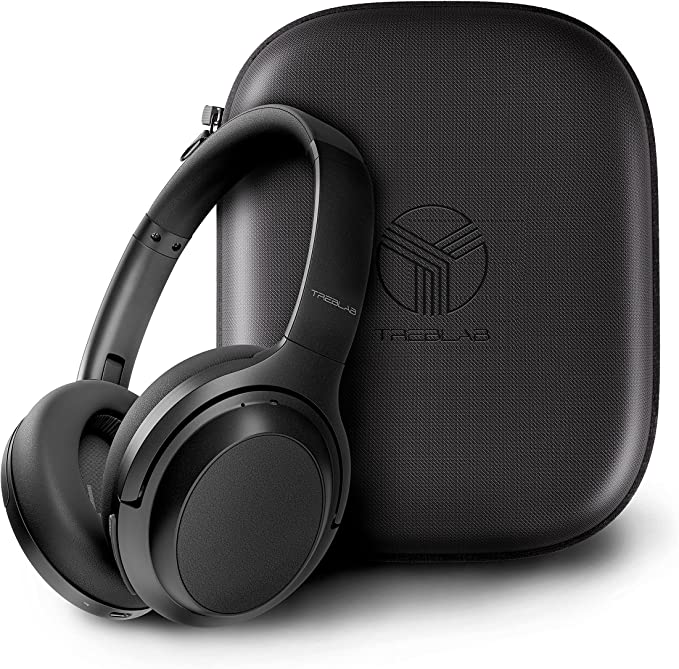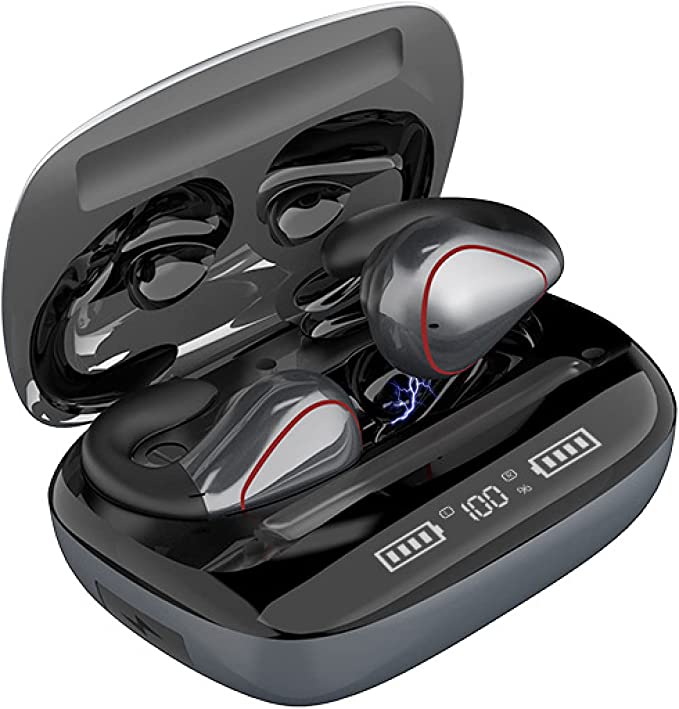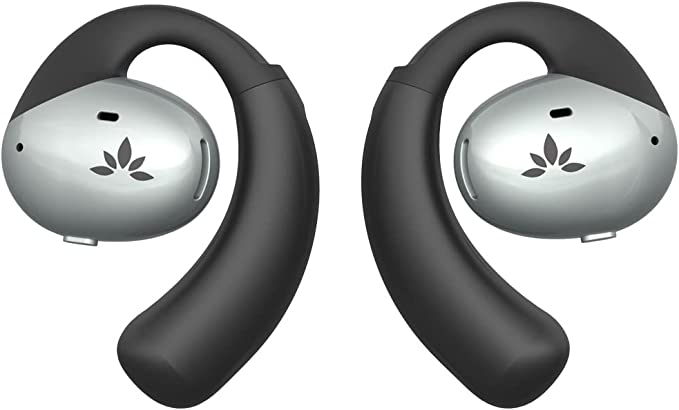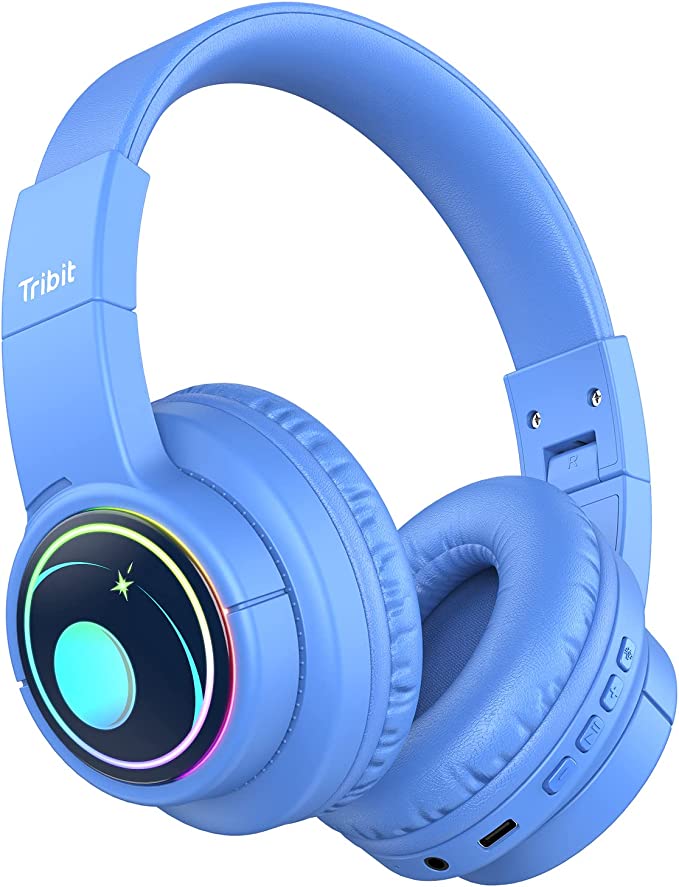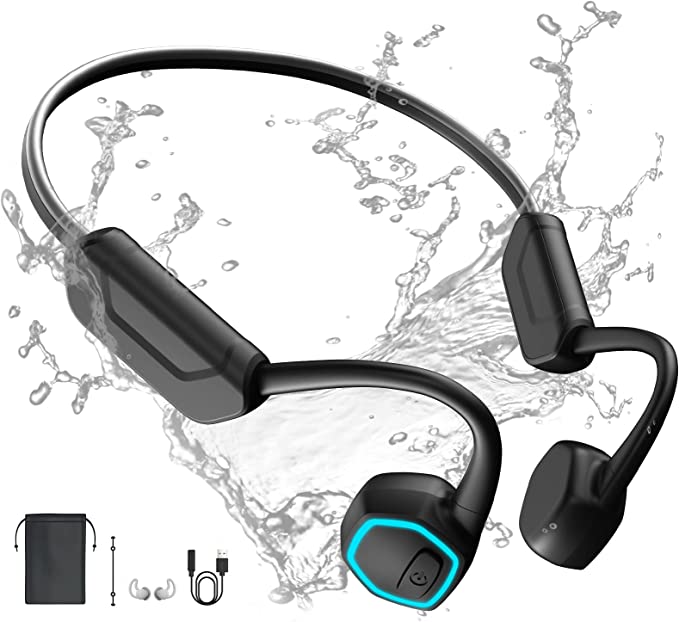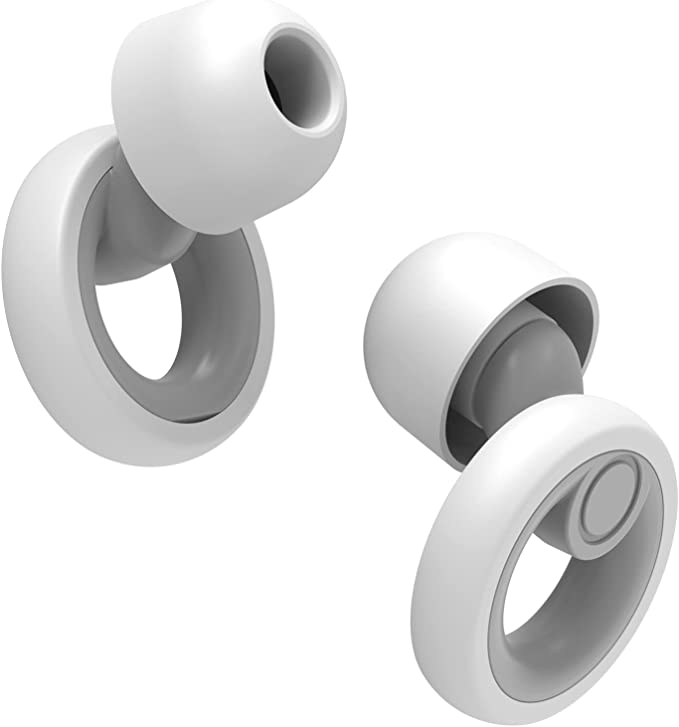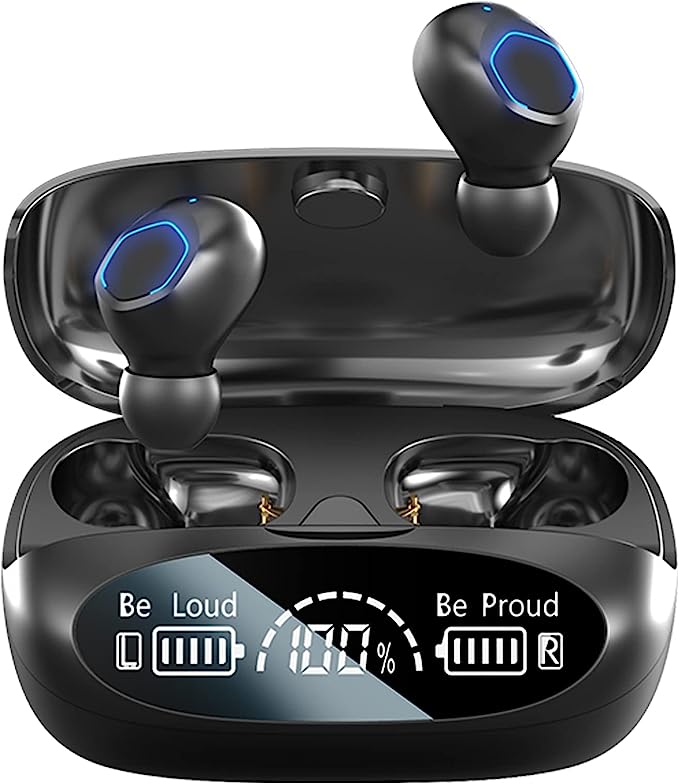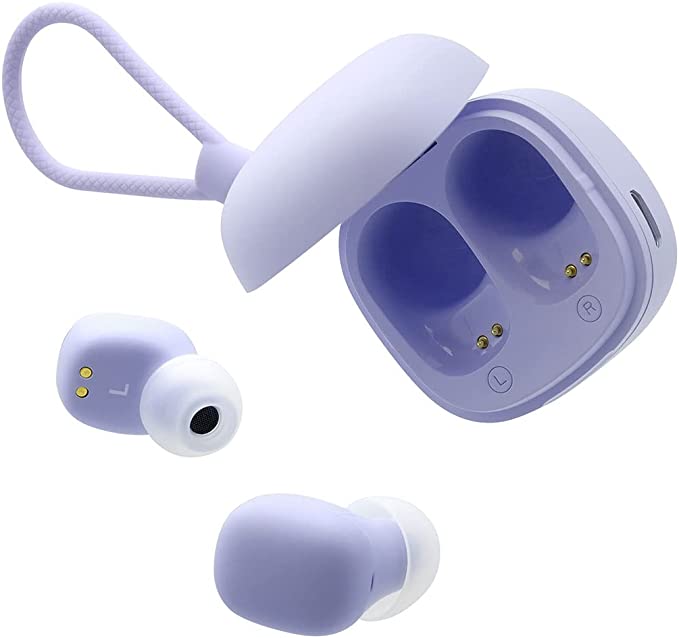Pamu S28 Wireless Earbuds: Your Perfect Workout Companion with ENC Noise Canceling
Update on March 7, 2025, 2:57 p.m.
Imagine this: you’re hitting your stride on a morning run, the sun is rising, and your favorite playlist is pumping. Suddenly, the blare of a car horn shatters your focus, or worse, your earbuds slip out, leaving you tangled in wires or scrambling to retrieve them. For athletes and fitness enthusiasts, finding the right audio solution can be a surprisingly complex challenge. It’s not just about playing music; it’s about creating an immersive experience that enhances performance and keeps you safe, all while withstanding the rigors of intense physical activity.

A Brief History of Untangling: From Wires to Wireless Freedom
The struggle for workout audio freedom is almost as old as portable music itself. Remember those bulky cassette players with their flimsy foam-covered headphones? The wires were a constant menace, tangling with every movement. The invention of the MP3 player and smaller earbuds brought some relief, but the wires remained a persistent problem. The true revolution came with the advent of wireless technology, and specifically, Bluetooth. This opened the door to a new era of untethered listening, freeing athletes from the tyranny of cords.
Pamu S28: Built for Motion, Designed for Sound
The Pamu S28 Wireless Earbuds represent a significant step forward in this evolution. They are designed specifically to address the challenges of workout audio, combining several key technologies to deliver a seamless and immersive experience. But they’re not just about brute force; they’re about understanding the science of sound and how it interacts with our bodies and our environment.

Decoding ENC: How Pamu S28 Silences the Noise
One of the biggest hurdles in achieving quality workout audio is noise. Whether it’s the clatter of weights in the gym, the wind rushing past your ears on a bike ride, or the general hubbub of a city street, unwanted sound can ruin your focus and diminish your enjoyment of music or podcasts. This is where Environmental Noise Cancellation (ENC) comes into play. But how does it work? It’s more than just blocking your ears; it’s a clever application of physics and digital signal processing.
- What is sound, really?
Before we dive into ENC, let’s take a step back and consider the nature of sound itself. Sound is, fundamentally, vibration. When an object vibrates – a guitar string, a drumhead, or even your vocal cords – it creates waves of pressure that travel through the air (or other mediums, like water). These pressure waves, characterized by their frequency (how quickly they oscillate, perceived as pitch) and amplitude (how strong the pressure changes are, perceived as loudness), reach our ears and are interpreted as sound.
- The Magic of Microphones
The first step in ENC is capturing the noise. The Pamu S28, like many noise-canceling earbuds, uses tiny microphones built into the earpieces. These microphones act like miniature ears, converting the pressure waves of sound into electrical signals. The more microphones, and the more strategically they are placed (forming what’s called a “microphone array”), the better the system can “hear” and analyze the surrounding noise.
- The DSP Brain: Where the Magic Happens
Here’s where the real intelligence lies: the Digital Signal Processor (DSP). This is a tiny, specialized computer chip inside the earbuds. The DSP takes the electrical signals from the microphones and performs a series of complex calculations. Think of it as a super-fast audio editor that can analyze sound in real-time.
- It’s All About Interference (wave cancellation explanation)
The core principle behind ENC is destructive interference. Imagine two waves in the ocean. If they meet crest-to-crest, they combine to create a larger wave (constructive interference). But if a crest meets a trough, they cancel each other out. The same principle applies to sound waves.
The DSP in the Pamu S28 analyzes the incoming noise and generates a new sound wave that is precisely inverted – a mirror image of the noise wave. When this inverted wave is played through the earbud’s speaker, it meets the original noise wave, and they effectively cancel each other out. The result? Silence, or at least a significant reduction in the unwanted noise. The effectiveness of this cancellation depends on the sophistication of the DSP’s algorithms and the accuracy of the microphones.
Built to Last: IPX4 and the Science of Sweat Resistance
Workouts often involve sweat, and sometimes even rain. Electronics and moisture generally don’t mix, which is why the IPX4 rating of the Pamu S28 is crucial. But what does this seemingly cryptic code actually mean?
- Understanding the IP Code
IP stands for “Ingress Protection.” It’s an international standard that defines levels of sealing effectiveness of electrical enclosures against intrusion from foreign bodies (like dust and dirt) and moisture. The code consists of two digits: the first refers to protection against solids, and the second refers to protection against liquids.
- What IPX4 Means for Your Workout
The “X” in IPX4 means that the Pamu S28 hasn’t been specifically tested for solid particle protection (which isn’t usually a major concern for earbuds). The “4” indicates protection against splashing water from any direction. This means you can confidently wear the Pamu S28 during sweaty workouts or even in light rain without worrying about damage. It’s not designed for submersion in water (like swimming), but it’s more than capable of handling the typical moisture encountered during exercise. The protection is generally provided by seals, gaskets, and water-resistant coatings on the internal components.
One Ear or Two? The Flexibility of Mono and Stereo Modes
The Pamu S28 offers both stereo (using both earbuds) and mono (using just one earbud) modes. This isn’t just a matter of convenience; it’s about adapting to different situations and prioritizing safety.
- Situational Awareness
When you’re exercising outdoors, particularly in urban environments, it’s vital to be aware of your surroundings. Using a single earbud in mono mode allows you to hear traffic, cyclists, and other potential hazards while still enjoying your audio. This is a crucial safety feature, especially for runners and cyclists. Furthermore, using only one earbud extends the total battery as the unused earbud is not draining power.

Bluetooth: The Invisible Link
The Pamu S28, like all wireless earbuds, relies on Bluetooth technology to connect to your smartphone or other audio source. This is the “invisible link” that transmits audio signals without the need for physical cables.
- A Quick History of Bluetooth
Bluetooth was developed in the late 1990s as a short-range wireless communication standard. It was named after a 10th-century Danish king, Harald Bluetooth, who was known for uniting Scandinavian tribes – a fitting metaphor for a technology designed to connect different devices.
- Bluetooth Versions and What They Mean
Over the years, Bluetooth has evolved through various versions (e.g., Bluetooth 4.0, 4.2, 5.0, 5.2, etc.). Each new version typically brings improvements in data transfer speed, range, power efficiency, and connection stability. While we don’t have the exact Bluetooth version for the Pamu S28, newer versions generally offer a better overall experience. A higher Bluetooth version generally means less audio lag (important for videos and gaming), a more stable connection (fewer dropouts), and improved battery life.
- Pairing: The Digital Handshake
The process of connecting your earbuds to your phone is called “pairing.” This involves a “digital handshake” where the two devices exchange information and establish a secure connection. The specific steps for pairing vary slightly depending on the device, but typically involve putting the earbuds into pairing mode (usually by holding down a button) and selecting them from the Bluetooth menu on your phone.
The Quest for Hi-Fi: Sound Quality in a Wireless World
“Hi-Fi” stands for “High Fidelity,” and it refers to the accurate reproduction of sound. While the provided information mentions Hi-Fi stereo sound, the actual audio quality depends on several factors, including the drivers (the tiny speakers inside the earbuds), the audio codecs supported, and the quality of the original audio source.
- Drivers: The size and type of driver (dynamic, balanced armature, etc.) influence the frequency response and overall sound signature of the earbuds. Larger drivers often produce better bass, but this isn’t always the case.
- Audio Codecs: These are algorithms that compress and decompress digital audio data. Common codecs include SBC (the basic standard), AAC (popular with Apple devices), and aptX (which offers higher quality). The codec used affects the amount of audio data that can be transmitted over Bluetooth, and therefore, the potential sound quality. Without knowing which codecs the Pamu S28 supports, it’s difficult to definitively assess its Hi-Fi capabilities.
Beyond the Specs: The User Experience
While technical specifications are important, the ultimate test of any earbuds is the user experience. This encompasses factors like comfort, ease of use, and overall satisfaction.
- Comfort: The Pamu S28 are in-ear earbuds. The fit is crucial for both comfort and sound isolation. Different ear tip sizes are usually provided to accommodate different ear shapes. Potential user feedback could mention how well the earbuds stay in place during vigorous activity, and whether they remain comfortable for extended periods.
 * Touch Controls: The ease of using the touch controls is another key aspect. Users might comment on the responsiveness of the controls and whether they are easy to use while on the move. Sensitivity can be a double-edged sword – too sensitive, and you might accidentally trigger controls; not sensitive enough, and they become frustrating to use.
* Call quality: ENC should, in theory, improve call quality by reducing background noise for the person on the other end of the call. User feedback could address how clear calls sound in different environments.
* Touch Controls: The ease of using the touch controls is another key aspect. Users might comment on the responsiveness of the controls and whether they are easy to use while on the move. Sensitivity can be a double-edged sword – too sensitive, and you might accidentally trigger controls; not sensitive enough, and they become frustrating to use.
* Call quality: ENC should, in theory, improve call quality by reducing background noise for the person on the other end of the call. User feedback could address how clear calls sound in different environments.

The Future of Sound: Where Do We Go From Here?
Wireless earbud technology is constantly evolving. We can expect to see continued improvements in noise cancellation, with even more sophisticated algorithms and adaptive capabilities that adjust to changing environments. Battery life will likely continue to improve, and we might see more widespread adoption of wireless charging. There’s also a growing focus on “hearables” – devices that go beyond simply playing audio and incorporate features like health tracking, real-time translation, and augmented audio reality. The Pamu S28, with its focus on ENC and workout-friendly features, represents a snapshot of the current state-of-the-art, but the future of wireless audio promises even more exciting innovations.
